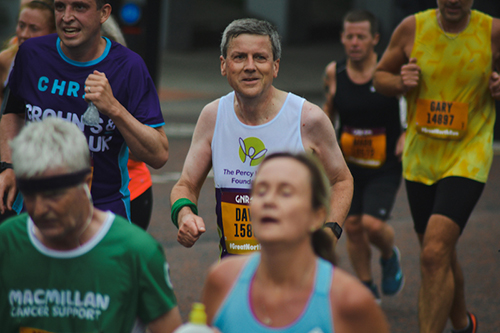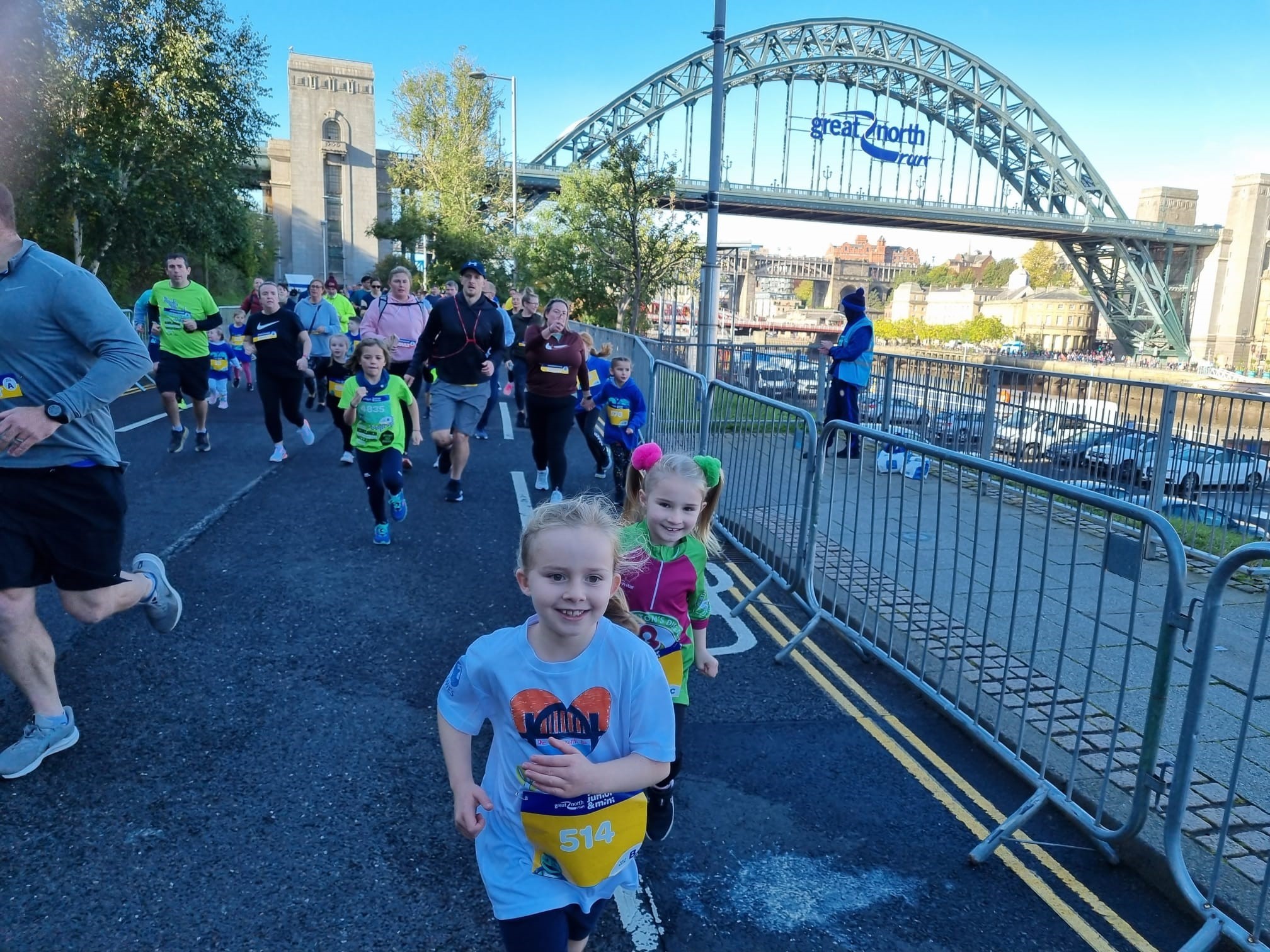The Importance of Training For The Great North Run
Check out some of the reasons why it is so important to plan your training for the Great North Run.
The Great North Run is now only 3 months away and Summer is fast approaching. However, as exhilarating as this event may be, it is crucial to approach the training process with careful planning. In this blog post, we explore the significance of careful training for the Great North Run, especially for those taking on the challenge for the first time.
Know Your Limits
Undertaking a half-marathon is a considerable physical challenge, even for seasoned runners. Therefore, it is essential to assess your fitness level before embarking on the training journey. Listen to your body and be aware of any pre-existing conditions that might require extra attention as you plan your training to build up to race day.
Gradual Progression
It’s natural to be eager and motivated when training for an event like the Great North Run. However, rushing into intense training without proper conditioning can lead to injuries and setbacks. Remember, slow and steady wins the race. Build a training plan that gradually increases your mileage, endurance, and speed over time. Allow your body to adapt and recover between training sessions to minimize the risk of overuse injuries.
Proper Nutrition and Hydration
Training for the Great North Run demands increased energy expenditure. Fueling your body with a well-balanced diet rich in carbohydrates, proteins, healthy fats, and vitamins is vital.
Adequate hydration is equally essential, both during your training sessions and throughout the day. Hydrate before, during, and after your runs to maintain optimal performance and aid in recovery.
The warmer the weather, the more we sweat, especially when exercising, which also means we lose more hydration. So, one of the most important things you can do is increase your water intake. Not just during a run but increasing your general day to day hydration can have a big improvement to your training. Carrying around a water bottle with you can help be a reminder to keep your fluid intake going. It’s also helpful to add electrolytes to your water when training and racing in the heat, as you lose them at a quicker rate in the heat.
Dehydration Signs
It’s important to remember the signs of dehydration, especially during the warm summer months:
- Feeling thirsty
- Dark, strong-smelling pee
- Peeing less often than usual
- Feeling dizzy or lightheaded
- Feeling tired
- A dry mouth, lips and tongue
- Sunken eyes
For more information on how to treat dehydration, see the NHS
Electrolytes
If you know it’s going to be a hot day, then it’s best to be prepared for your training. Drinking electrolytes, the day before can help quite a lot, and do the same again around 2 hours before your run. Some examples of electrolyte drinks could be electrolyte tablets in water, Gatorade, coconut water, and smoothies.
Other than hydration, there are some other things to consider when it’s hot weather.
Time of Day
The coolest time of the day is typically sunrise, so it’s always great to try a morning run, but evening runs are also typically cooler. When it’s hot, it’s best to avoid runs in the middle of the day when the sun is at it’s highest and the temperature is at it’s warmest.
Clothing
As with most days, what you wear makes a difference to your comfort, and the same goes for running in warm weather. Your clothes for running in hot weather should be loose-fitting or vented to allow for air flow, moisture-wicking to help with sweating, and light in colour where possible as light reflects the heat.
On top of this, we need to stress the importance of UV protection, such as wearing sunscreen to protect your skin, sunglasses to protect your eyes and where possible, a hat, visor or similar to prevent sunburn on your scalp.
Shade
Where possible, try to find shaded areas for your runs. This makes parks with lots of trees, forests, nature reserves and other areas idea for shaded runs. Running in built up city areas with lots of pavement are typically warmer due to less air flow through the buildings and the fact that pavement absorbs heat. The location isn’t always possible to change for some people but being aware of choosing shade where possible could make a difference.
Listen to Your Body
One of the most critical aspects of training for any endurance event is understanding your body’s signals. Pay attention to any warning signs of injury or fatigue, such as persistent pain, discomfort, or extreme exhaustion. Ignoring these signs can lead to more severe consequences and hinder your ability to complete the Great North Run. Remember, it’s better to take a day off or modify your training than to risk long-term setbacks.
Remember
Training for the Great North Run is a remarkable experience that requires careful planning and preparation. By taking a cautious approach to training, you can mitigate the risk of injuries, setbacks, and exhaustion. Remember, your health and well-being should always be the priority. As you lace up your running shoes and hit the road, keep in mind the noble cause you’re supporting through the Percy Hedley Foundation. With dedication, discipline, and a mindful training regimen, you’ll not only conquer the Great North Run but also contribute to a brighter future for the individuals and families benefiting from the foundation’s invaluable work.



